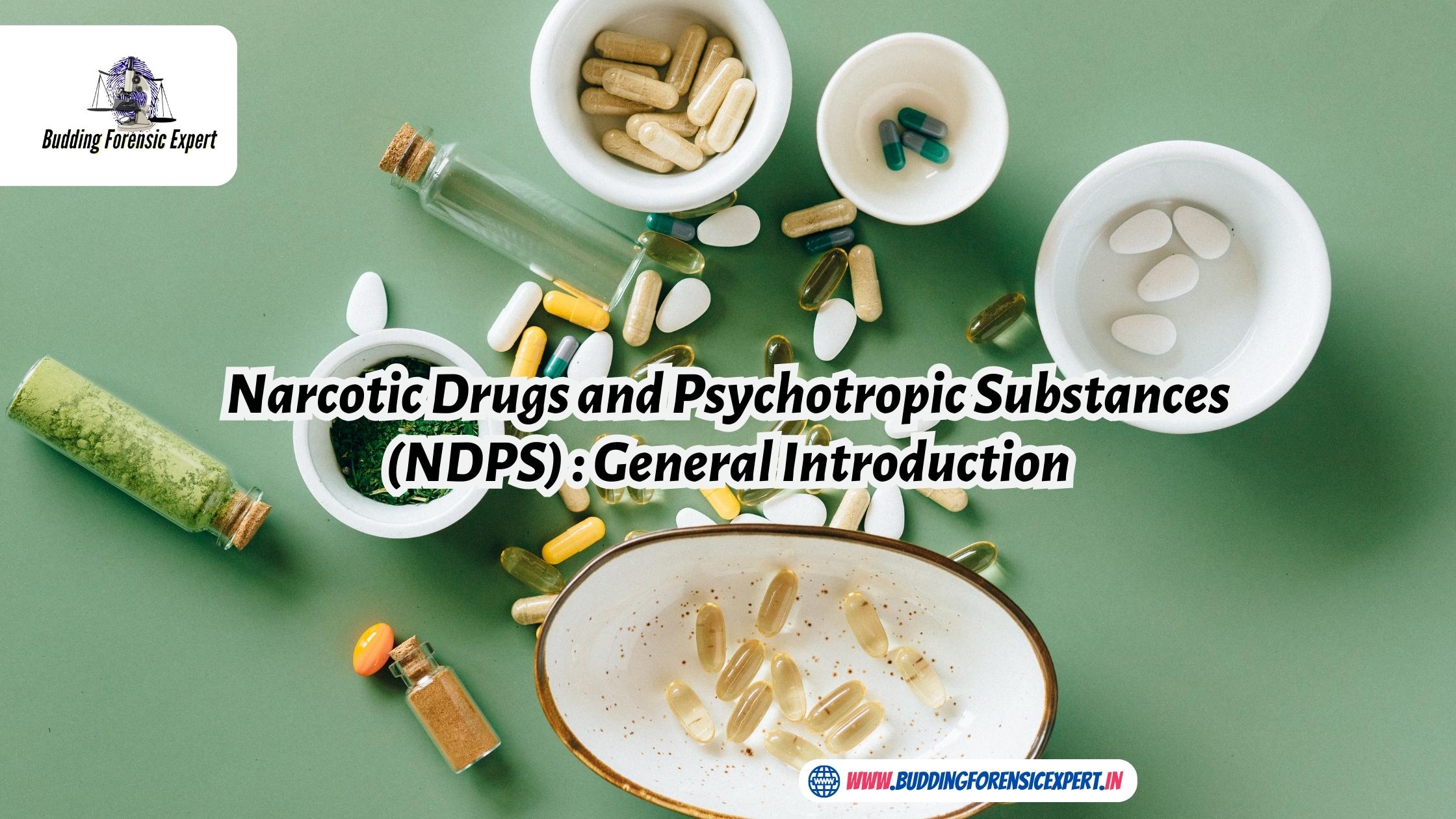
Psychotropic drug:

A psychoactive drug, whether referred to as a psycho-pharmaceutical or psychotropic drug, is a chemical compound that primarily acts on the central nervous system, leading to modifications in brain function. These modifications can result in changes in perception, mood, consciousness, cognition, and behavior. Such substances are often employed recreationally to intentionally alter one's state of consciousness, or they may serve ritual, spiritual, or shamanic purposes. Notably, certain psychoactive drugs, such as anesthetics, analgesics, and medications for treating psychiatric disorders, also possess therapeutic properties.
Psychoactive drugs have the ability to induce significant alterations in consciousness and mood, which users may find pleasurable (e.g., experiencing euphoria) or advantageous (e.g., heightened mental state), making them reinforcing. Despite the associated health risks and disregarding potential consequences, many individuals misuse or abuse psychoactive substances. Excessive and continuous usage of certain substances can lead to psychological and physical dependence, commonly known as addiction.
To address drug abuse, numerous governments worldwide have implemented restrictions on drug production and sales in an effort to mitigate misuse and the development of physical dependence on drugs.
Psychoactive substances are employed by individuals for a variety of reasons, with examples including the use of social sleep aids and engaging in social drinking. It is noteworthy that caffeine, the world's most extensively consumed psychoactive substance, stands apart from other drugs as it remains largely unregulated and legal in almost all jurisdictions.
Pharmacologically, psychoactive drugs are classified into distinct categories based on their effects on the body.
These categories encompass :
- Narcotics,
- Stimulants,
- Hallucinogens,
- Depressants, and
- Anabolic steroids,
Narcotic Drug:
The term "narcotic" is used in the medical field to describe a class of psychoactive substances that possess sleep-inducing properties.
The term "narcotics" has its roots in the Greek word "narkotikos," which translates to "a state of lethargy." This classification encompasses substances that primarily target the central nervous system, providing relief from discomfort and inducing sleep. Opium, a sticky milky juice derived from the unripe pods of the poppy plant (Papaver somniferum), serves as the primary source for most narcotics.
References:
1. Narcotic Drug and Psychotropic Substances Act, Module 28, EPG Pathshala
2. Drug: Introduction, Module 1, EPG Pathshala
A narcotic drug, also known as a narcotic analgesic or opioid, is a type of medication that acts on the central nervous system to relieve pain and induce sedation. These drugs are derived from or chemically similar to opium, which is obtained from the poppy plant.
Narcotic drugs are potent pain relievers and are typically used to manage severe pain, such as that resulting from surgery, injury, or chronic conditions like cancer. They work by binding to specific receptors in the brain and spinal cord, reducing the transmission of pain signals and altering the perception of pain.
While narcotic drugs are highly effective for pain management, they also carry a risk of dependence and addiction due to their euphoric effects. Prolonged use or misuse of these drugs can lead to physical and psychological dependence, making it challenging to stop using them without professional help. Overdose on narcotic drugs can be life-threatening and may cause respiratory depression.
It's important to note that the term "narcotic" is often used in legal and regulatory contexts to refer to a broader range of controlled substances, including both opioids and non-opioid drugs with abuse potential. Therefore, the definition of narcotic drug may vary depending on the legal framework and jurisdiction.
Morphine:
Morphine is derived from unprocessed opium and is typically administered through injection using a hypodermic needle. Its consumption induces a state of euphoria, accompanied by a relaxed and drowsy appearance in the user. Morphine is generally three to five times more potent than opium.
Heroin:
Heroin, known chemically as diacetylmorphine, is a white crystalline powder that is derived from morphine by adding two acetyl groups. Impure forms of heroin are commonly referred to as Brown Sugar. Heroin is 10 to 15 times more potent than morphine and can be administered either through injection or by sniffing. Its effects are similar to those of opium and heroin but with a significantly higher intensity.
Codeine:
Codeine is another byproduct of morphine, but it possesses lesser efficacy as an analgesic. It is commonly used as a base ingredient in various pain relievers and cough medications.
Signs and symptoms of narcotic abuse include :
- Respiratory depression,
- Characterized by shallow breathing,
- Constricted pupils and bloodshot eyes.
- Nausea and vomiting,
- Itching and flushed skin,
- Constipation,
- Poor judgment, and confusion
References:
1. MedlinePlus, U.S. National Library of Medicine:
- "Narcotic Analgesics": https://medlineplus.gov/narcoticanalgesics.html
2. Substance Abuse and Mental Health Services Administration (SAMHSA), U.S. Department of Health and Human Services:
- "Narcotics": https://www.samhsa.gov/find-help/atod/narcotics
NDPS Act 1985:
Short title, extent and commencement.—(1) This Act may be called the Narcotic Drugs and Psychotropic Substances Act, 1985.
(2) It extends to the whole of India 2[and it applies also—
(a) to all citizens of India outside India;
(b) to all persons on ships and aircrafts registered in India,
wherever they may be].
(3) It shall come into force on such date3 as the Central Government may, by notification in the Official Gazette, appoint, and different dates may be appointed for different provisions of this Act and for different States and any reference in any such provision to the commencement of this Act shall be construed in relation to any State as a reference to the coming into force of that provision in that State.
Reference:
1.THE NARCOTIC DRUGS AND PSYCHOTROPIC SUBSTANCES, ACT, 1985












